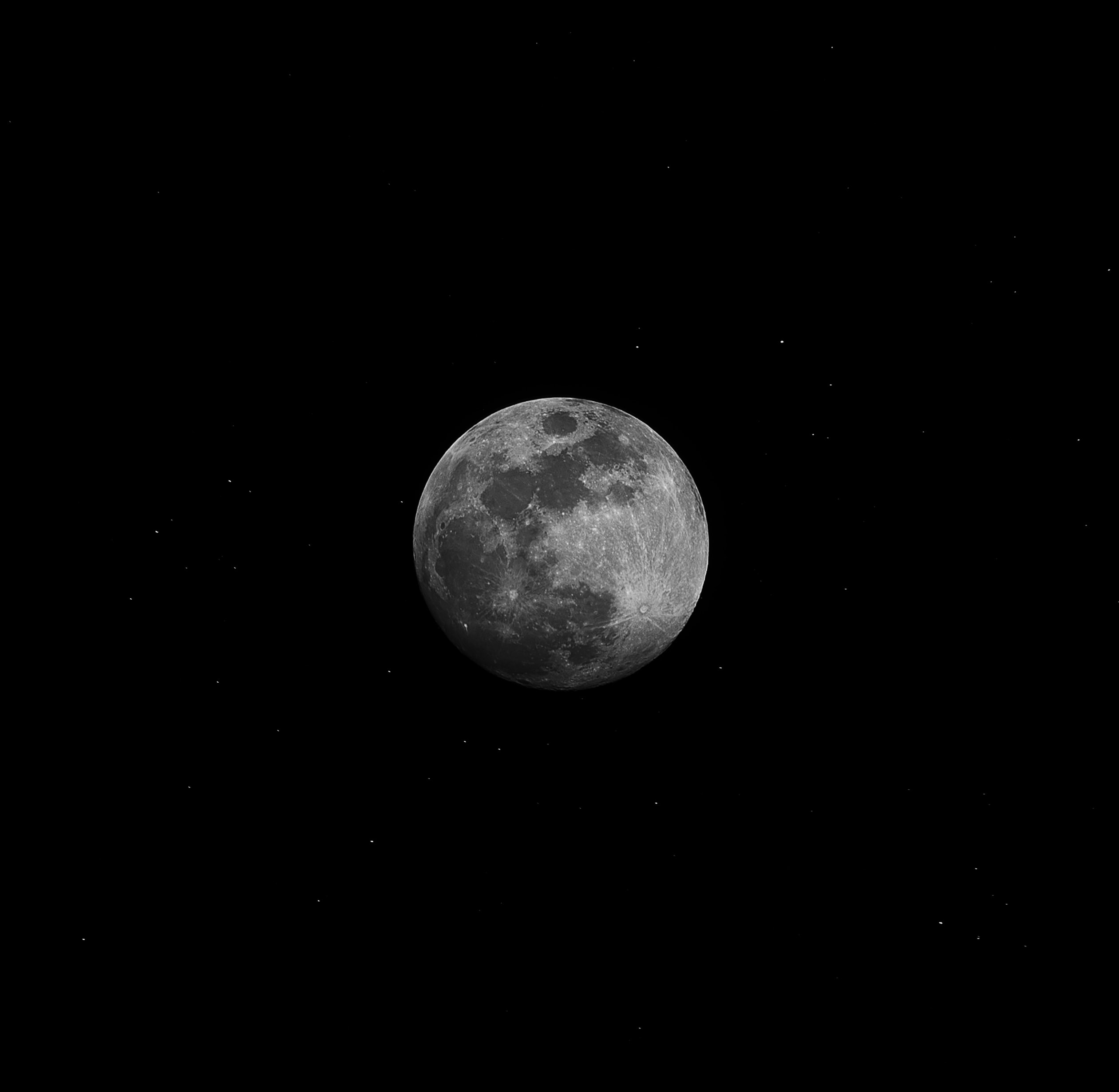Understanding the Periods Between New Moons
Our celestial companion, the Moon, has captivated mankind for centuries. Its ever-changing appearance in the night sky, waxing and waning, has been the source of fascination, inspiration, and even religious rituals. One of the fundamental concepts associated with the Moon is the period between new moons. In this blog post, we will dive into the details of what new moons are, how they occur, and explore the fascinating periods between them.
What is a New Moon?
In simple terms, a new moon is the lunar phase that occurs when the Moon is positioned between the Earth and the Sun, rendering the side of the Moon facing the Earth in darkness. During this phase, the Moon isn’t visible from our perspective, making it seem as if the Moon has disappeared from the night sky.
Contrary to popular belief, a new moon doesn’t signify the Moon’s absence. Rather, it is a momentary alignment of the Earth, Moon, and the Sun, where the Sun’s illumination falls entirely on the side of the Moon facing away from us.
How do New Moons Occur?
The Moon follows an elliptical orbit around the Earth, which takes approximately 29.5 days to complete. During this orbit, it moves through eight distinct phases, with the new moon being the first.
As the Moon orbits the Earth, it is illuminated by the Sun from varying angles, creating the different phases. When the Moon is positioned between the Earth and the Sun during its revolution, the side of the Moon facing us is not exposed to sunlight, resulting in the new moon phase.
From Earth, the new moon passes from east to west across the sky with the Sun during the day. Given its alignment with the Sun, a new moon rises and sets along with the Sun, making it invisible to our eyes.
Differentiating “Lunation” and “Sidereal Month”
The term “new moon” is often used interchangeably with “lunation” and “synodic month.” However, it’s important to differentiate between these terms to gain a comprehensive understanding of the periods between new moons.
Lunation refers to the complete cycle of lunar phases, starting from one new moon and ending with the following new moon. It encompasses all the lunar phases, including the waxing crescent, first quarter, waxing gibbous, full moon, waning gibbous, third quarter, and waning crescent, before returning to the new moon phase.
Sidereal month, on the other hand, refers to the time it takes for the Moon to complete a full orbit around the Earth, relative to the stars. It lasts around 27.3 days, which is shorter than the lunation period due to the Earth’s orbital movement around the Sun.
While the sidereal month determines the Moon’s position in relation to the stars, the lunation period is what governs the phases of the Moon that we observe from Earth.
The Length of the Synodic Month
The synodic month, also known as the lunation period, determines the time between successive new moons. As mentioned earlier, it lasts approximately 29.5 days. However, this duration can vary to a small extent due to several factors.
One primary factor that affects the length of the synodic month is the elliptical shape of the Moon’s orbit around the Earth. The Moon’s orbital speed varies during its revolution, causing it to move faster or slower at different points. This variation in velocity influences the time it takes for the Moon to reach the same phase again.
Additionally, gravitational interactions with other celestial bodies, such as the Sun and planets, also contribute to slight perturbations in the Moon’s orbit and, subsequently, the duration of the synodic month. This is known as perturbation, and although the effects are minimal, they can lead to slight variations in the period between new moons.
The Impact of Periods Between New Moons
The periods between new moons have played a vital role in various cultural, religious, and scientific aspects throughout history.
Cultural and Religious Significance: In different cultures and religions, the new moon phase carries immense significance. It often marks the start of a new month in lunar calendars, such as the Islamic Hijri calendar and the Jewish calendar. The dark sky during the new moon also creates opportunities for stargazers to observe celestial objects without the interference of moonlight.
Astronomy and Science: The understanding of the periods between new moons has been crucial in the field of astronomy. By studying the lunar phases, scientists have gained insights into celestial mechanics, gravitational forces, and the interplay between the Sun, Earth, and Moon. Monitoring the variations in the duration of the synodic month aids in refining astronomical predictions and lunar mission planning.
Conclusion
The period between new moons is an intriguing concept that offers a deeper understanding of the Moon’s celestial dance with the Earth and Sun. While the synodic month, lasting approximately 29.5 days, determines the period between successive new moons, it is influenced by various factors such as the Moon’s elliptical orbit and gravitational interactions with other celestial bodies.
Throughout history, the periods between new moons have held cultural, religious, and scientific importance. From marking the beginning of new months to aiding astronomical research, the new moon phase continues to captivate and inspire humanity.
Next time you gaze up at the night sky and witness the Moon shining brightly, remember the intricate dance happening between the Earth, Moon, and Sun, and the fascinating periods that unfold between each new moon.
Table of Contents
